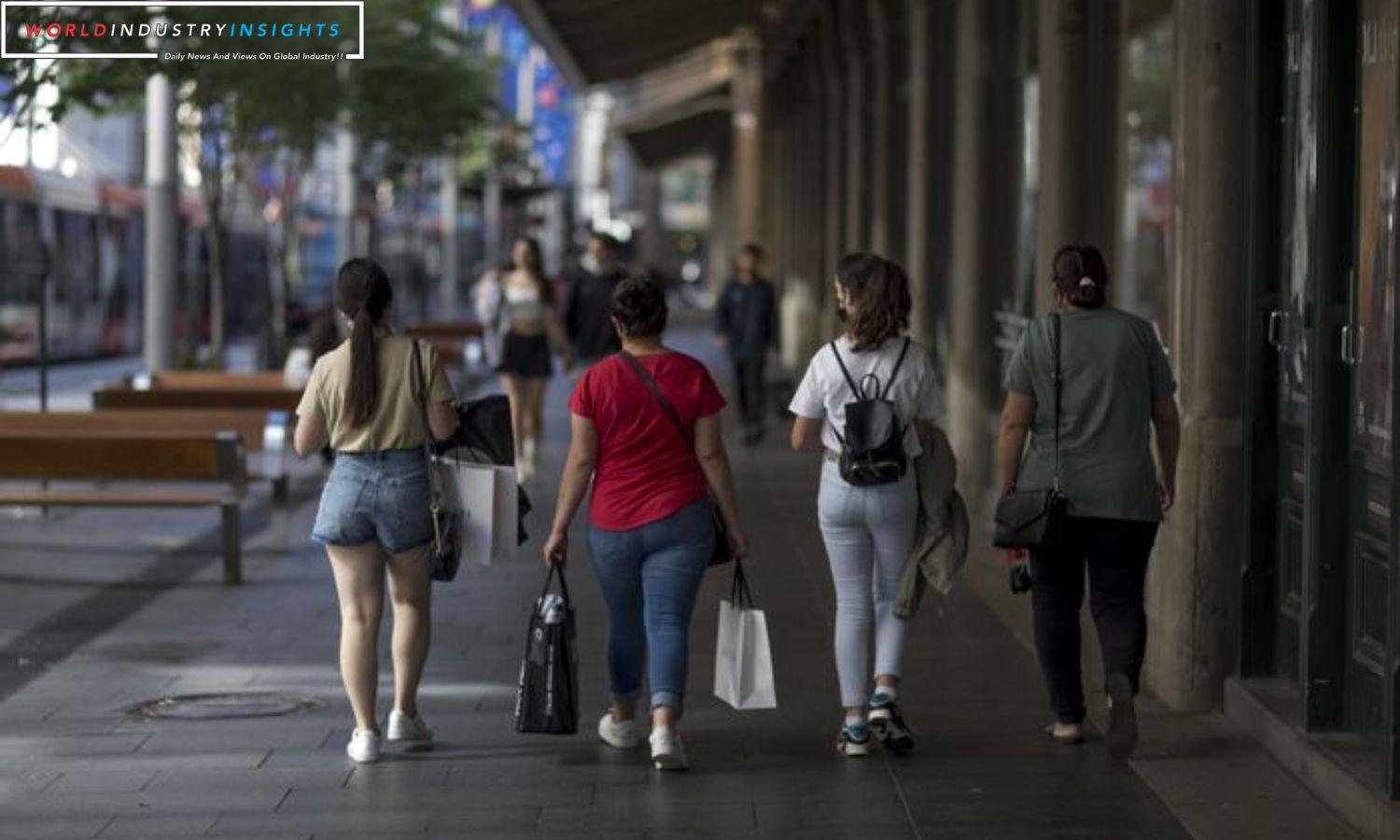Surging Australian Retail Sales: In a show of strength, Australian retail sales posted their sharpest increase in eight months in September, suggesting that consumer spending may have more resilience than previously thought. This unexpected surge adds weight to the case for an interest rate hike, potentially coming as soon as next week.
The Australian dollar responded with a 0.4% gain, reaching $0.6360, while the three-year government bond yield hit a fresh 12-year high of 4.388%. Market sentiment leaned further toward the likelihood of the Reserve Bank of Australia (RBA) implementing a quarter-point rate hike in November, with the probability rising to 61%, up from 58% before.
Data from the Australian Bureau of Statistics (ABS) delivered the positive news on Monday. It revealed that nominal retail sales for September experienced a 0.9% increase compared to August, surpassing analysts’ expectations, which had anticipated a 0.3% rise. Moreover, the August figures were upwardly revised, showing a gain of 0.3%.
The total sales amounted to A$35.9 billion, reflecting a 2.0% increase from the previous year. This marked the first significant pickup since August the previous year when annual gains peaked at almost 20%.
Ben Dorber, the ABS head of retail statistics, cited a diverse range of factors contributing to the robust September results. He noted, “The warmer-than-usual start to spring boosted sales at department stores, household goods, and clothing retailers.
Also Read: Woolworths Annual Profit Surges: A Glimpse into Australia’s Retail Rivalry and Inflation Puzzle
There was also increased spending on hardware, gardening, and clothing items.” Additionally, the release of a new iPhone model and the introduction of a government rebate program in Queensland aimed at energy conservation played their part in bolstering household goods spending.
Over the quarter, the resilience of consumers meant that retail volumes managed to avoid a decline. Analysts are now expecting a gain of 0.2% to 0.3% in the three months to September, a promising sign for economic growth.
Taylor Nugent, a senior markets economist at National Australia Bank, commented on the implications for the Reserve Bank of Australia. He stated, “For the RBA, we don’t think the November decision will hinge on one monthly retail figure, but today’s data adds to the mounting evidence of consumer resilience. The downside risks to household consumption that the RBA has been monitoring do not appear to have materialized thus far.”
The recent increase in rates by 400 basis points, leading to higher monthly mortgage payments, has been a major factor in the RBA’s decision to keep interest rates steady for four consecutive months. However, a sustained recovery in housing prices could offer support to household consumption. Domain, a real estate website, predicts a full housing market recovery from the recent downturn by year-end, potentially injecting more vitality into the Australian economy.


